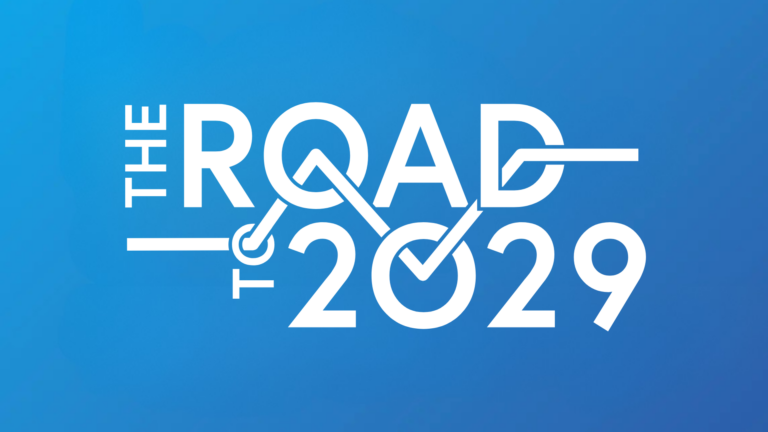As of today, people in England will be able to escape May’s bad weather and enjoy a drink or meal inside for the first time since 2020. Better yet, the Government has now changed its guidance on hugging, and replaced the ban on international travel with a traffic light system. Many indoor entertainment venues such as cinemas and theatres will also open for the first time in months, subject to restrictions on capacity.
Although the Prime Minister opted to proceed with this latest round of easing, Ministers, health figures, and members of the Scientific Advisory Group for Emergencies (Sage) are urging the public to remain cautious. Advice is now provided with more caveats and careful wording than before. Across the media, spokespeople have been far less enthusiastic about indoor socialising, with many taking the opportunity to remind people that ‘just because you can do something, doesn’t necessarily mean you should’.
The caution can be explained by two factors. First, the easing today is far more drastic than steps one and two, where meeting groups from other households was generally only allowed outside. As scientists have learnt more about the virus, it has become increasingly apparent that the likelihood of transmission is increased considerably by mixing indoors with poor ventilation. Providing people haven’t been breaking the rules, this would point to the fall in cases being largely attributable to lockdown, rather than the vaccine.
The other reason for the Government’s more cautious tone is of course the emergence of the Indian variant. Although it’s early days, officials and media outlets have been repeatedly highlighting the strain’s tendency to transmit at a faster pace. Sage has said for example that there’s is a “realistic possibility” it could spread 50% faster.
What’s received less coverage is the important question around whether it’s vaccine evading. Despite being happy to estimate the strain’s increased transmission speed, public health officials say it’s too early to deduce whether the vaccines are effective against it. However, in Bolton, one of the variant’s hotspots, vaccine uptake is below 80 per cent. Interestingly, the bulk of hospital admissions in the city are among those who’re eligible for the jab, but chose not to have it. In India, where the variant has ripped through the country at tremendous speed, only 3% of the population has been vaccinated. Compare this to the UK, where more than 20 million people have now had two doses, and it’s difficult to understand the Government’s pessimism.
One reason might be expectation management. Johnson’s last-minute decision to cancel Christmas amid the outbreak of the Kent variant last year has arguably led to a change in approach and lessons being learnt in Government around over-promising and under-delivering. Rather than prematurely dismissing the variant, the Government is conditioning the public for the worst possible eventuality. By raising questions over the June unlocking, the relief when it does happen will be that much greater, as will the subsequent bump in support for the Conservative Party. This new focus on under-promising and over-delivering has been a central feature of the Government’s strategy since the roadmap was announced, and is in stark contrast to Johnson’s optimistic default setting that saw him falter earlier on in the pandemic.




